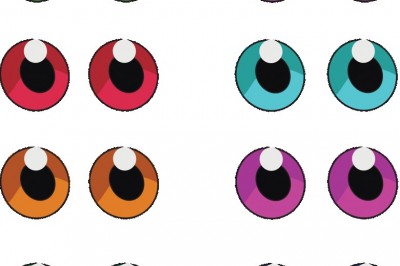
A Short History of Albinism
Albinism causes lack and loss of color in skin. Melanin in the body is responsible for giving shade to the skin and when it is not sufficient or missing, albinism is caused. It can even be caused in eyes and hair.
Plants and animals can also have albinism. Albinism in plants is similar to humans. Albino plants are short of chlorophyll and without it, plants are unable to make food with the help of sun. This results in their short lives. It is unknown if albino humans have longer lives than normal ones.
Oldest records of albinism are found in Rome and Germany. The first observers of albinism are widely known as Aulus Gellius and Plinius Secundus the Elder. However, Archibald Garrod was the first to consider albino as a sickness. He carried out a research on it in 1908 and observed that people affected with albinism had very fair hair and skin.
Sometimes albinism causes hair to change into red and deep yellow. The eye of a person having albino can be brown, reddish or blue. They cannot directly stare at the sky and sometimes it can get even worse. This is the reason albinos are usually seen wearing dark glasses.
Albinos acquire the disease which is transferred from the genes of their parents. The genes of an albino lack the normal amount of melanin. It is said that US alone has 1 person in 17000 suffering from albinism to a lesser or greater extent. Albinism is not especially related to the white people. Asians, black, Polynesian and Indians also have cases of albinism. Mostly, albinos have normal parents.
Every albino does not necessarily have white skin. The most common is Oculocutaneous albinism (OCA). It affects the eyes, skin and hair. OCA comes in different shades, it may have obvious signs or may only show thin pigmentation. A person having slight OCA has milk colored hair and skin. Sometimes the hairs look reddish and yellowish and the vision is little better. Ocular albinism (OA) is limited to the eyes with a persons skin and hair appearing slightly fairer than average. These two types were previously called complete and incomplete albinism.
By wearing glasses, it is not possible to correct an albinos eyes. The low vision of an albino depends on the seriousness of albinism. Albinos are technically blind in most cases. It does not means that they cannot see at all but they dont have a normal vision. Albinos are able to read and drive. Their retina and nerves that connects eyes to the brain are not in place. The optical nerves of an albino have irregular patterns. This is the reason that they cannot stare at bright lights. They are advised to regularly visit their eye doctors.
As earlier said, all albinos dont have excessive white hair or skin. However those having OCA show signs of skin dryness and rashes. Complete albinos cannot bear the sun for a long time, in case they have to then they would need an umbrella or a sun screen lotion for protecting their skin.
You might also be interested in learning who discovered the mitochondria and also who discovered albinism.

































